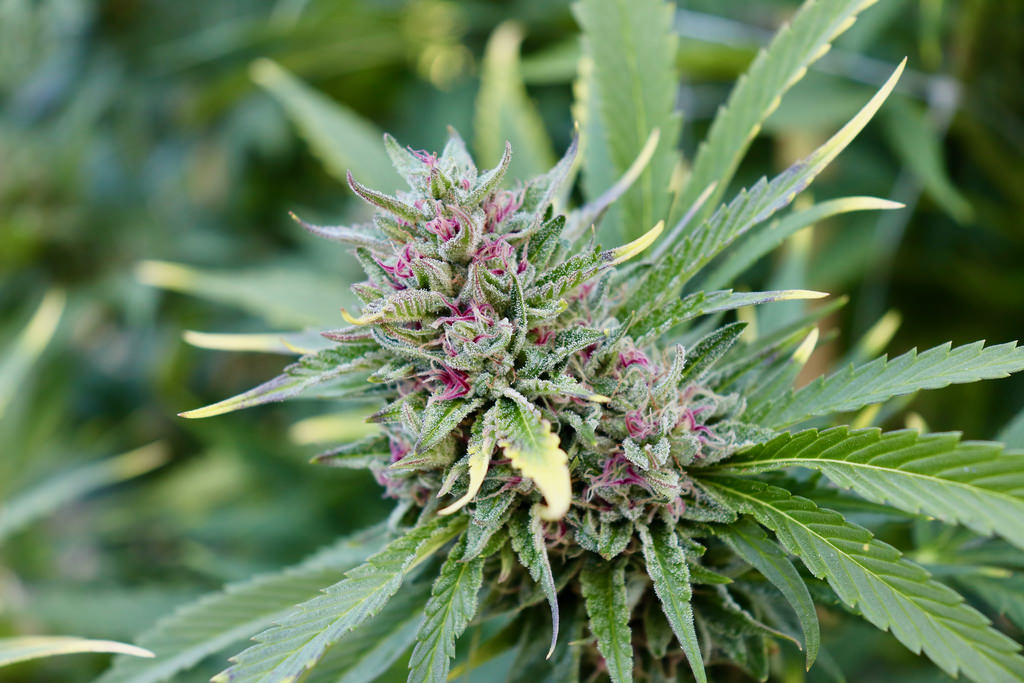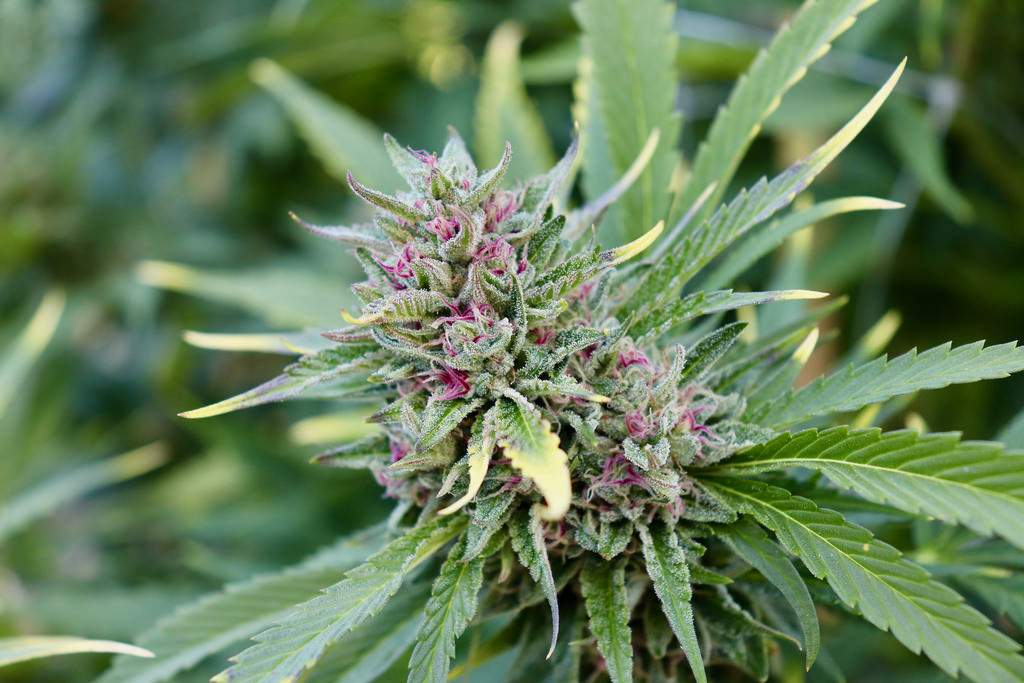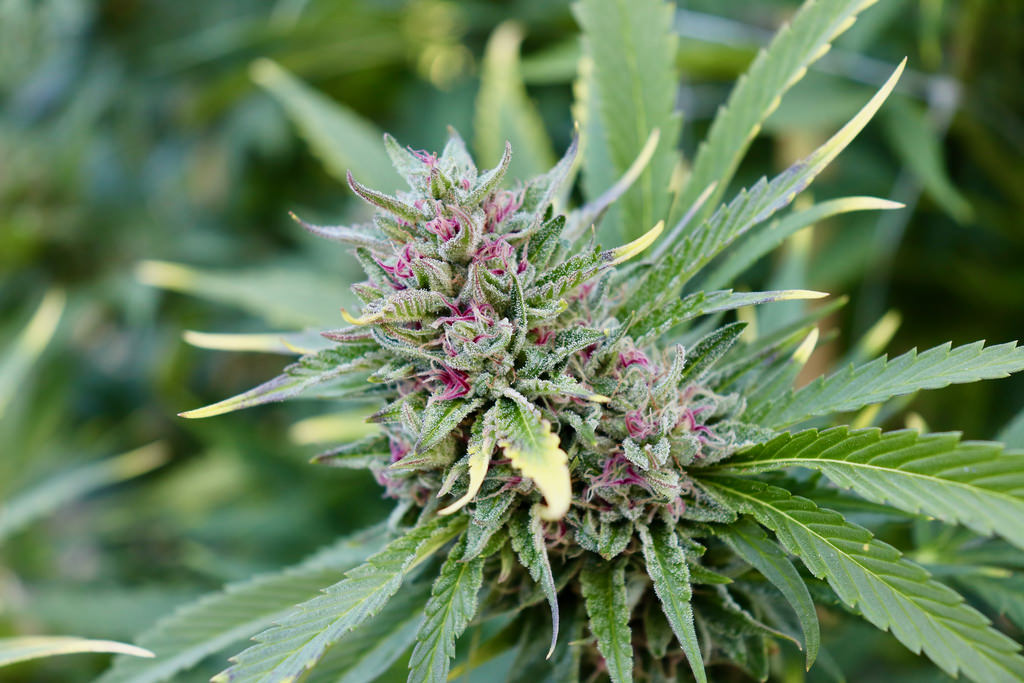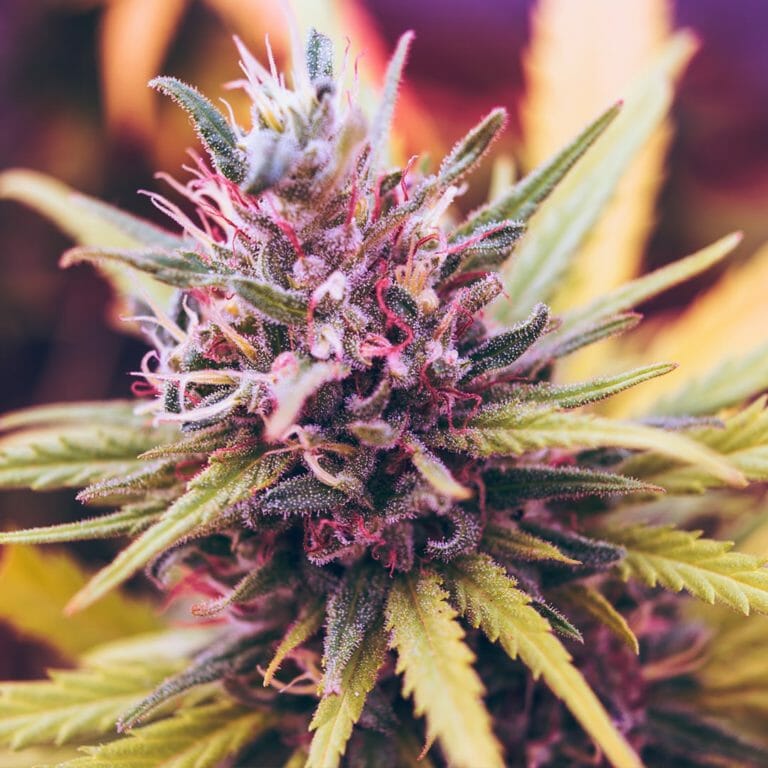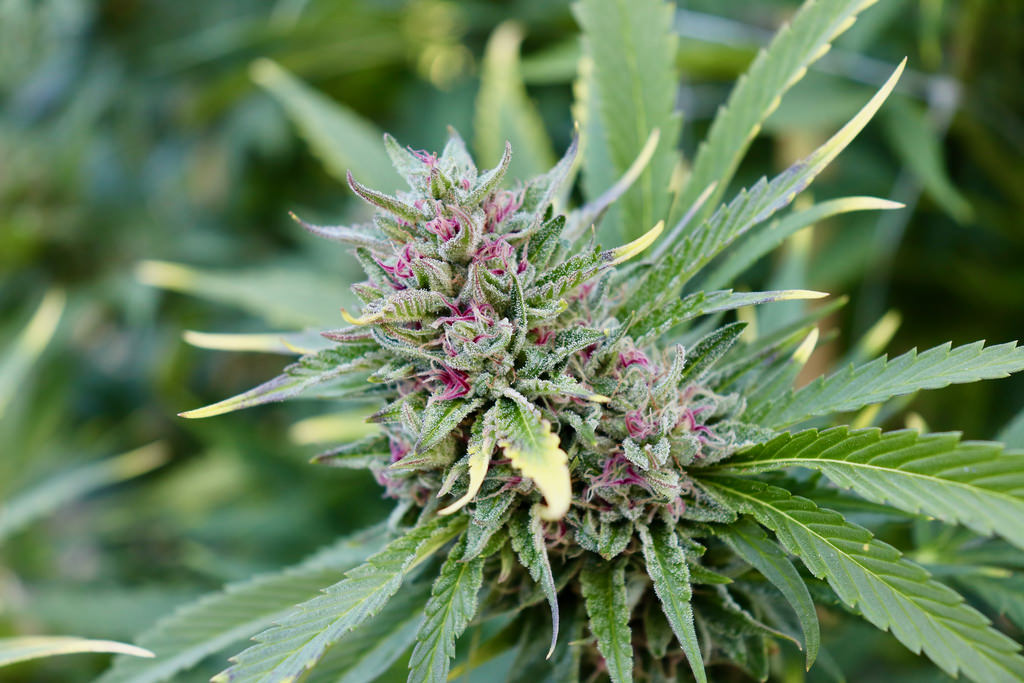MEDICAL CANNABIS USE AND EFFECTS
Medical Cannabis Use and Effects
INTRODUCTION TO MEDICAL CANNABIS
Medical cannabis, also known as medical marijuana, refers to the use of the Cannabis sativa or Cannabis indica plant and its cannabinoids—particularly tetrahydrocannabinol (THC) and cannabidiol (CBD)—for treating disease or alleviating symptoms. Unlike recreational cannabis, medical cannabis is used under physician supervision and often regulated by government agencies.
While it remains controversial in some regions, medical cannabis is gaining recognition globally for its potential therapeutic benefits in managing chronic pain, epilepsy, and other health conditions.
—
CANNABINOIDS: THE ACTIVE COMPOUNDS
THC (TETRAHYDROCANNABINOL)
THC is the main psychoactive compound in cannabis. It binds to CB1 receptors in the brain and nervous system, producing effects such as euphoria, altered sensory perception, and pain relief. Its medical benefits include:
Pain management
Muscle spasticity reduction
Appetite stimulation
Nausea and vomiting suppression
CBD (CANNABIDIOL)
CBD is non-psychoactive and has become widely popular for its potential medicinal effects without inducing a “high.” It interacts with various receptors in the body and brain but doesn’t strongly bind to CB1 or CB2 receptors. Medical uses include:
Anti-inflammatory and analgesic effects
Anxiety and depression management
Seizure control
Neuroprotective properties
—
MEDICAL CONDITIONS TREATED WITH CANNABIS
CHRONIC PAIN
One of the most common reasons for prescribing medical cannabis is for chronic pain, especially neuropathic pain. Studies suggest cannabis can be an effective alternative to opioids with a lower risk of addiction.
EPILEPSY
CBD-based medications, such as Epidiolex, are FDA-approved for treating rare forms of epilepsy like Dravet syndrome and Lennox-Gastaut syndrome. These patients often show a significant reduction in seizure frequency.
MULTIPLE SCLEROSIS (MS)
Cannabis can help reduce muscle spasticity and nerve pain in MS patients. Nabiximols (Sativex), a mouth spray combining THC and CBD, is approved in several countries for this purpose.
CANCER-RELATED SYMPTOMS
Medical cannabis helps cancer patients by:
Reducing chemotherapy-induced nausea and vomiting
Stimulating appetite (especially THC)
Managing cancer-related pain
MENTAL HEALTH DISORDERS
CBD has shown promise in treating anxiety disorders, PTSD, and insomnia, although more clinical research is needed. Caution is advised as high THC levels may worsen psychiatric conditions in vulnerable individuals.
GLAUCOMA
Cannabis can lower intraocular pressure, a key factor in glaucoma. However, the effect is temporary, and better treatment options are available, limiting its long-term use.
INFLAMMATORY BOWEL DISEASE (IBD)
Some patients with Crohn’s disease or ulcerative colitis report symptom relief with cannabis use. However, evidence is mixed and further studies are ongoing.
—
MODES OF ADMINISTRATION
INHALATION (SMOKING/VAPORIZING)
Onset: 1–10 minutes
Duration: 2–4 hours
Advantages: Fast relief
Risks: Respiratory irritation (especially with smoking)
ORAL CONSUMPTION (EDIBLES, CAPSULES, TINCTURES)
Onset: 30–90 minutes
Duration: 6–8 hours
Advantages: Long-lasting effects
Risks: Delayed onset may lead to overconsumption
SUBLINGUAL (UNDER THE TONGUE)
Onset: 15–45 minutes
Duration: 4–6 hours
Advantages: Bypasses digestive system, more consistent absorption
TOPICAL APPLICATIONS
Used for localized pain or inflammation
No psychoactive effects as it doesn’t enter the bloodstream significantly
—
MEDICAL CANNABIS VS. RECREATIONAL CANNABIS
PURPOSE
Medical: Symptom relief under medical supervision
Recreational: Psychoactive effects for personal enjoyment
COMPOSITION
Medical cannabis often has a higher CBD-to-THC ratio to reduce psychoactive effects.
Recreational strains tend to prioritize high THC content.
REGULATION
Medical cannabis is more strictly regulated with quality controls, dosage guidance, and labeling standards.
—
POTENTIAL SIDE EFFECTS AND RISKS
SHORT-TERM SIDE EFFECTS
Dry mouth
Red eyes
Dizziness or lightheadedness
Short-term memory impairment
Anxiety or paranoia (especially at high THC doses)
LONG-TERM RISKS
Cognitive impairment, particularly with frequent use starting in adolescence
Cannabis use disorder (CUD)
Dependency or tolerance
Lung damage (if smoked regularly)
INTERACTIONS WITH OTHER MEDICATIONS
Cannabis can interact with other drugs metabolized in the liver, such as:
Blood thinners (e.g., warfarin)
Anti-seizure medications
Antidepressants
Patients should always disclose cannabis use to healthcare providers.
—
LEGAL AND ETHICAL CONSIDERATIONS
LEGAL STATUS BY REGION
United States: Legal in many states for medical use, but still illegal federally
Canada: Fully legal for medical and recreational use
Europe: Mixed regulations; medical cannabis is legal in countries like Germany and the Netherlands
Asia: Highly restricted, with exceptions like Thailand and Israel allowing limited medical use
ETHICAL ISSUES
Access disparities due to cost, location, or stigma
Pharmaceutical vs. natural cannabis debate
Clinical evidence gaps affecting physician willingness to prescribe
—
RESEARCH AND EVIDENCE
While anecdotal support for medical cannabis is strong, randomized controlled trials (RCTs) are limited. This is due to:
Historical legal restrictions
Challenges in standardizing plant-based compounds
Regulatory hurdles in funding and conducting cannabis research
However, areas with promising evidence include:
Chronic pain
Chemotherapy-induced nausea
Epilepsy in children (CBD)
Multiple sclerosis spasticity
Ongoing research aims to explore cannabis for:
Alzheimer’s disease
Parkinson’s disease
PTSD
Opioid withdrawal
—
DOSING AND PHYSICIAN GUIDANCE
START LOW, GO SLOW
Because of variability in individual responses, doctors usually recommend a “start low and go slow” approach, particularly for:
THC-heavy formulations
Elderly or cannabis-naïve patients
INDIVIDUALIZED TREATMENT PLANS
Factors affecting dosage and strain choice include:
Patient age and weight
Medical condition
Previous cannabis experience
Mode of administration
Monitoring for effectiveness and side effects is crucial. Frequent reassessment helps optimize therapeutic outcomes.
—
FUTURE OF MEDICAL CANNABIS
PHARMACEUTICAL DEVELOPMENT
Cannabis-based medications are entering mainstream medicine, including:
Epidiolex (CBD) for epilepsy
Marinol and Syndros (synthetic THC) for appetite loss and nausea
Sativex (THC+CBD spray) for MS
Future formulations aim for:

